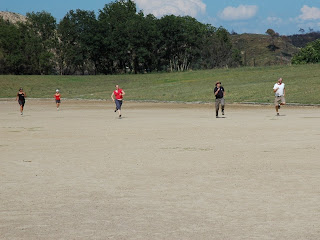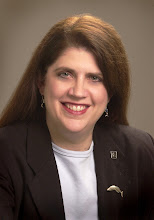Saturday we had free time all day so most of us did some last minute shopping. We walked around Alexander Nevski Church and there was a huge line of people and a band and lots of police. We found out that the three miracle icons of Bulgaria were being united in the church that day. People were in line to be able to touch all three of them and pray to the saints for whatever they needed to pray about. We took it easy on Saturday to help prepare for the trip home.

Sunday was our trip to Vitosha mountain. We drove up quite a way and then hiked even further. A few people hiked all the way to the top but I did not make it quite that far. It was beautiful up there and we had a wonderful view of Sofia from that height. The grass and trees were very green and it was quite windy. We were a little cold when we first got there but hiking warmed us up quite quickly.

Tonight was our farewell dinner. The restaurant we were in was very high and had a wonderful view of the city. We had wonderful food and wonderful company and we had to say our goodbyes to the Fulbright staff. They encouraged us to come back to do a big Fulbright and I might look into that. Sofia is an easy city to get around in and it would be wonderful to come back and see everyone again while teaching or working on a research project. We also started to say good bye to each other. We have been together for forty days now and good byes are tough. I leave the hotel at 4:00am so I will not see most of my new friends again. It has been a wonderful experience that I would certainly recommend to anyone who is interested in learning more about different cultures and societies in an intensive program. I will certainly remember this experience for a long time to come. Farewell to Bulgaria and to all my new friends!

















































